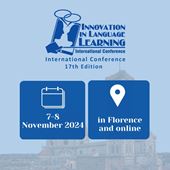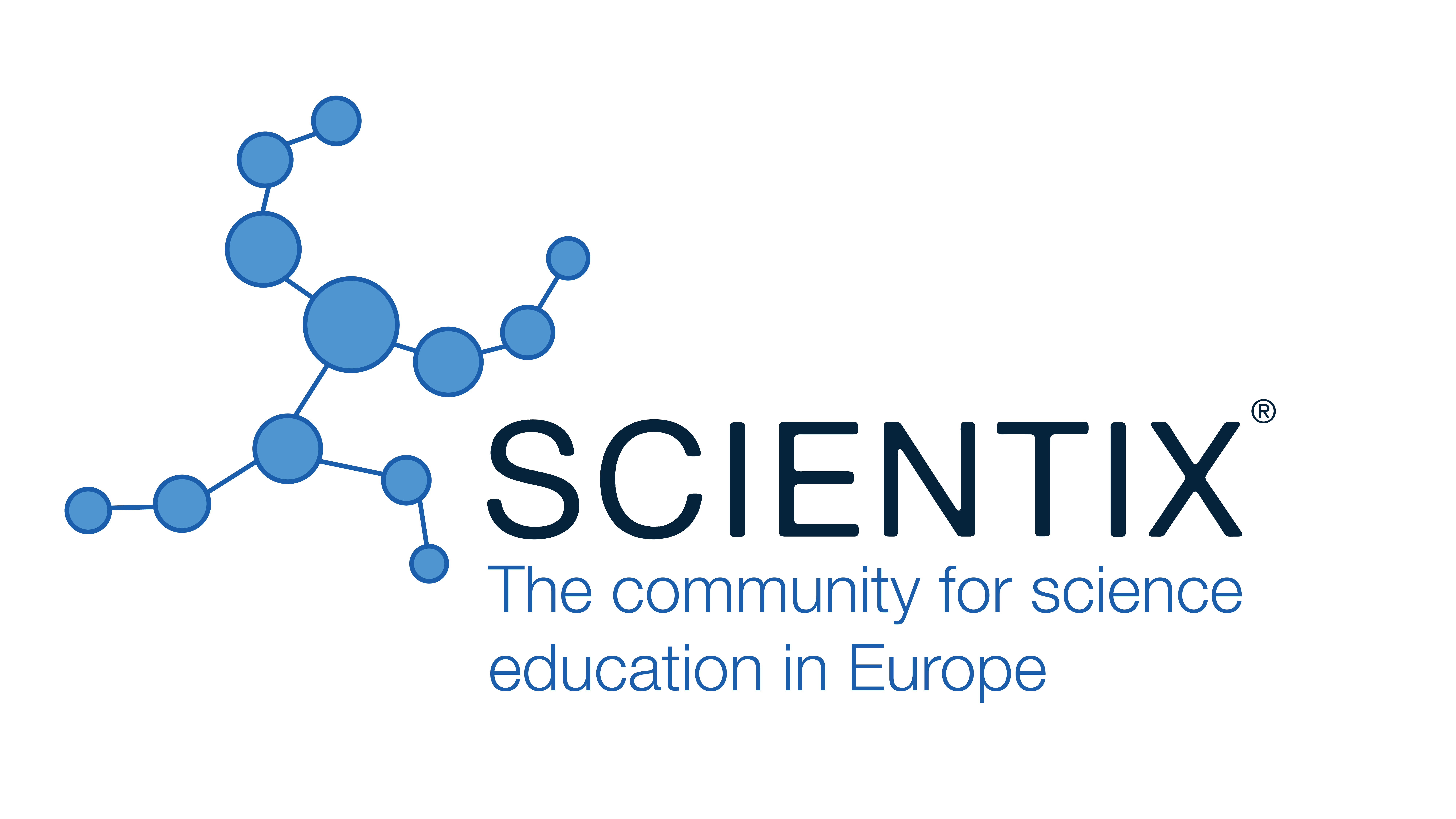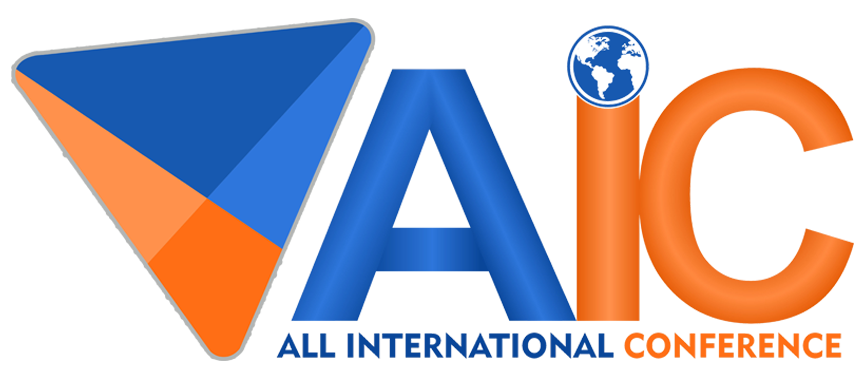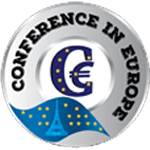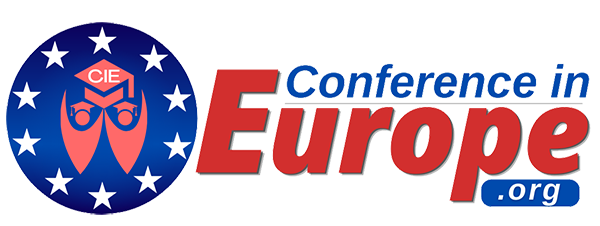Enhancing Engineering Design Skills through Activity-Based STEM Learning Focused on Environmental Pollution Detection among Vocational Students
Praiya Jartom, Chiang Mai University (Thailand)
Decha Suppapittayaporn, Chiang Mai University (Thailand)
Abstract
This study explores how activity-based STEM learning focused on environmental pollution problems can foster engineering design competencies among vocational students. A mixed-methods design
was implemented with twelve high vocational certificate-level students in the Mechatronics and Robotics program at a technical college in northern Thailand during the first semester of 2025. The intervention encompassed six instructional units conducted over six weeks (24 hours in total), organized into two phases. Phase 1 (Weeks 1–2) introduced environmental problems, foundational STEM concepts, and basic microcontroller programming and sensor applications using Arduino kits. Phase 2 (Weeks 3–6) engaged students in four hands-on STEM activity stations—Sound (decibel measurement), Soil (moisture measurement), Air (PM2.5 monitoring), and Water (pH measurement)—within a nearby real-world environmental context. Guided by the Engineering Design Process (EDP), students, in group, asked questions and identified problem, brainstormed for all possible solutions, planned, built the prototype, tested and refined, and presented monitoring systems integrating microcontrollers and sensors, and subsequently proposed possible solutions to the identified problems. Engineering design skills were assessed using observation rubrics, checklists, group presentations and written reports. Quantitative and qualitative analyses—including time-series tracking and content analysis—revealed consistent skill improvement over later four practical weeks: overall mean scores increased from 2.34 in the first activity to 3.57 in the fourth (scale: 1–4). Skill component scores improved across all EDP stages: problem identification (2.50→3.83), solution development (2.25→3.25), design optimization (2.13→3.38), and presentation (2.50→3.83). Qualitative data revealed that students demonstrated greater accuracy in problem identification and a stronger connection to environmental contexts. During solution development, they applied creative and systematic thinking; in the optimization phase, they tested prototypes, analyzed deficiencies, and refined their designs; and in the presentation phase, they exhibited increased confidence, effective use of visual aids, and coherent technical explanations. Their proposed solutions at the end of each activity reflected insightful awareness of environmental issues. These findings also indicated that integrating environmental challenge contexts into activity-based STEM instruction helped enhance engineering design competencies and promoted environmental awareness. This approach may hold potential for preparing vocational students to become innovative problem-solvers aligned with Thailand’s sustainable development goals.
Keywords: Engineering Design Skills, STEM Education, Environmental Education, Activity-Based Learning, Vocational Education, Time Series Analysis
REFERENCES
[1] Bybee, R. W. (2013). The case for STEM education: Challenges and
opportunities. NSTA Press.
[2] Chabalengula, V. M., & Mumba, F. (2017). Engineering design skills in the
context of K-12 curriculum: A response to the Next Generation Science Standards and the New Framework for K-12 Science Education. Journal of Science Education, 28(3), 47–59.
[3] English, L. D. (2016). STEM education K-12: Perspectives on integration.
International Journal of STEM Education, 3(1), 1–8.
[4] Gerhart, A. (2011). Engineering design skills through project-based learning: An introduction to engineering course approach. Journal of Engineering Education, 100(4), 345–356.
[5] Higde, E., & Aktamış, H. (2022). A STEM activity-based learning approach to enhance students' interest, motivation, and scientific skills in STEM careers. Journal of STEM Education Research, 15(3), 67–81.
[6] Honey, M., Pearson, G., & Schweingruber, H. (Eds.). (2020). STEM integration in K–12 education: Status, prospects, and an agenda for research. Washington, DC: National Academies Press.
[7] Jin, X., Liu, Y., & Zhang, J. (2015). Developing engineering design skills: A performance-based evaluation rubric for assessing and developing skills in an introductory engineering design course. Journal of Engineering Education, 104(2), 132–143.
[8] Kocak, E., Çelik, A. Y., & Uluyol, C. (2023). Pre-service teachers' environmental literacy: The role of STEM-based environmental education with microcontrollers. Participatory Educational Research, 10(5), 233–247.
[9] National Academy of Engineering & National Research Council. (2014). STEM integration in K–12 education: Status, prospects, and an agenda for research. The National Academies Press.
[10] National Research Council. (2012). A framework for K-12 science education: Practices, crosscutting concepts, and core ideas. National Academies Press.
[11] Omar, M., Saat, R. M., & Jais, I. (2017). Training of Trainers STEM Build
program for primary science teachers: An instructional design following the
engineering design process. Proceedings of the 6th International Conference New Perspectives in Science Education.
[12] Siri, A., Chirico, M., & Torre, G. (2024). Interdisciplinary simulation-based learning for improving practical skills acquisition in vocational education. Proceedings of the International Conference: New Perspectives in Science Education.
 New Perspectives in Science Education
New Perspectives in Science Education


